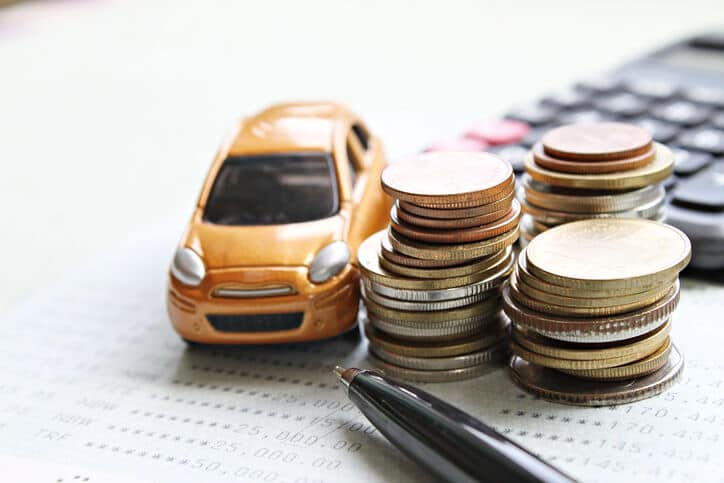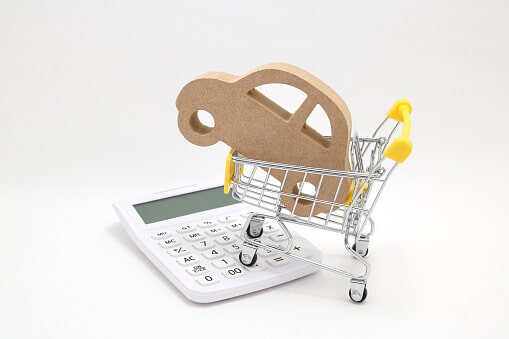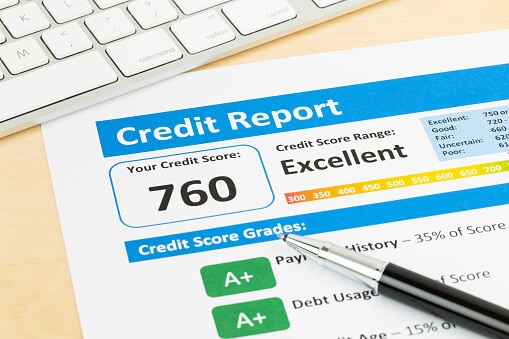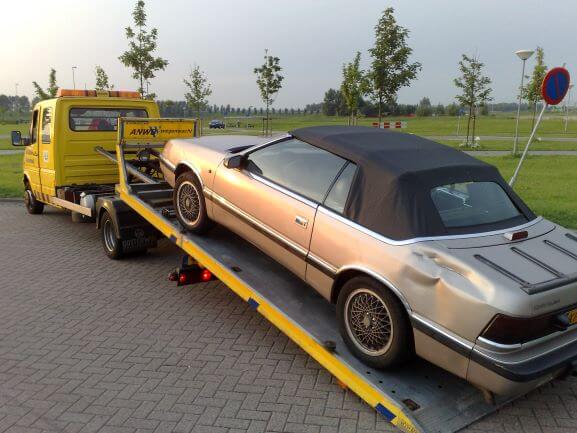Tag: car loans
-

The Average Monthly Car Payment Explained
We are going to show you exactly what you should expect to pay for a new and used average monthly car payment. When seeking a car loan, smart buyers should always pay close attention to the price and interest rates. Why are interest rates and prices important? An expensive car means high monthly car payments…
-

Identity Theft Protection
Identity theft is any type of crime, scam, or deception that may result in the loss of personal information such as passwords, usernames, credit card numbers, banking data, health ID’s, and social security numbers. When these are stolen, they’re often used without authorization from the owners to commit a wide range of crimes. Wholesale fraud…
-

Car Loan Amortization Explained
When in a dealership or when dealing with finance, it’s inevitable to hear some puzzeling words that need a little bit more explanation. This article will describe Car Loan Amortization and show you clearly how it works. What is Car Loan Amortization? Amortization is a process where a loan is paid through previously arranged payments…
-

How to Improve Your Credit Score
It’s easy to fall into bad habits. You may make an exception for just once but before you realize it, it becomes a routine. You may be stuck to these bad habits that it becomes difficult to break out of hit. This is similar in the case credit habits, once you adopt bad credit habits,…
-

How Car Repossession Works
Is vehicle repossession terrible? Indeed, it is fundamentally on the grounds that it influences a purchaser a few different ways. Notable impact is a bother since you understand how open vehicle might actually get bulky. Coming up short on an auto is awful these days, since, how might you’re ready to class or work on…
-
Car Won’t Start? 10 Tips You Need to Fix It Now
Have you been concerned about missing your very best friend’s wedding because the automobile won’t start? You don’t desire to hire an Uber because the wedding gifts and your own personal luggage could easily get lost. Plus, it’s too costly to maneuver from venue to another. If you’re a first-time car owner, don’t panic. What’s promising…